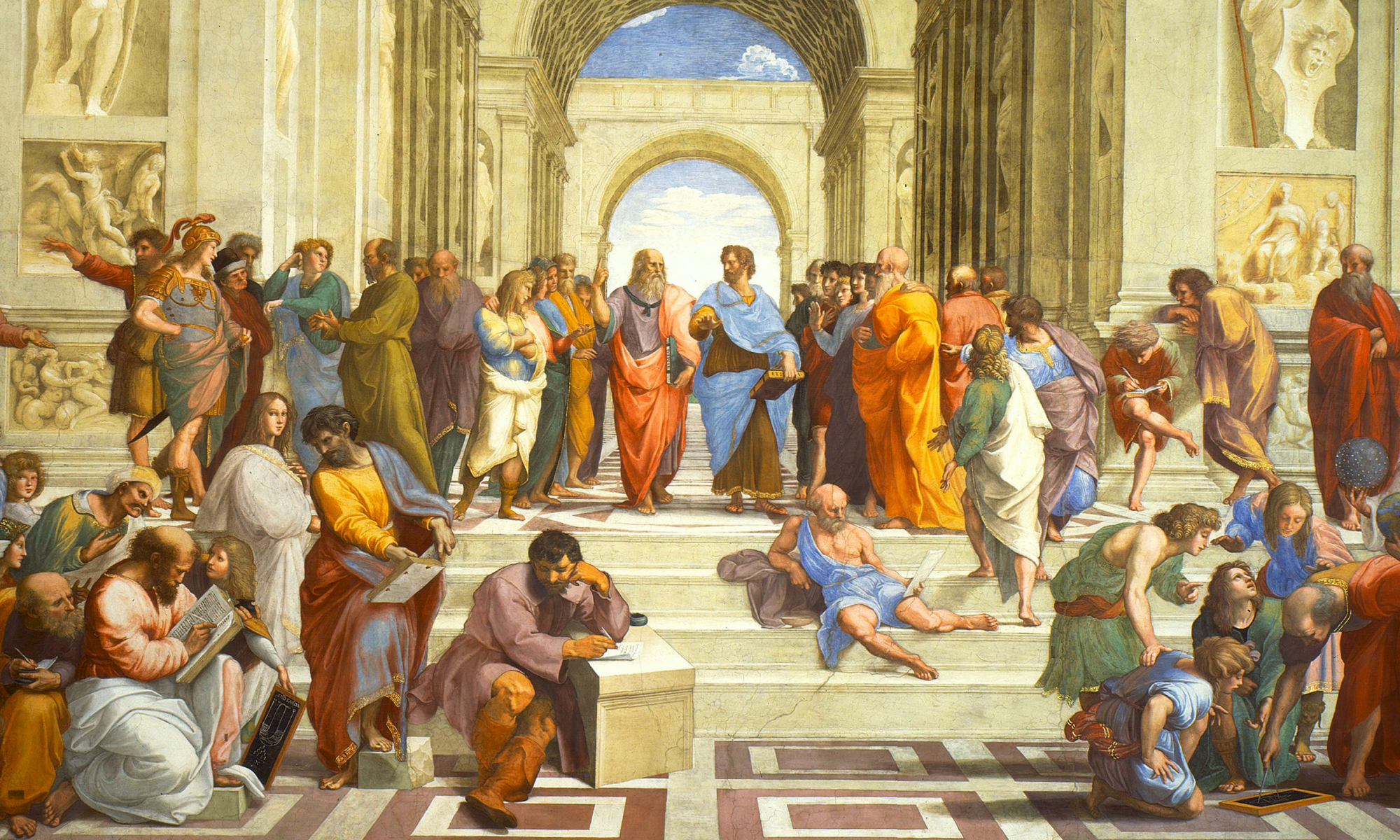![]() On November 19 in the 1:00 pm session of the Global Education and Research Technology section of the Society of Biblical Literature meeting in San Antonio, Jonathan Robie and I will present our ongoing work on a communicative Koine Greek course. I would love to see you there.
On November 19 in the 1:00 pm session of the Global Education and Research Technology section of the Society of Biblical Literature meeting in San Antonio, Jonathan Robie and I will present our ongoing work on a communicative Koine Greek course. I would love to see you there.
Here is the abstract of our talk.
Γραφὴ ζῶσα is a freely licensed communicative Koine Greek course centered on the text of the New Testament. It is currently in early stages. In this talk, we will present sample lessons as they would be used in a classroom or online, discussing how they are developed and presented, and the adaptations required for online presentation.
We believe that the main goal of language acquisition should be comprehension rather than translation, and that the main focus for biblical Greek should be the text of the New Testament and the Septuagint. Therefore, we are designing a communicative language course that revolves around biblical texts, asking and answering questions about these texts in Greek both orally and in writing, using approaches commonly used in ESL and SSL classes to make the texts accessible to students.
We believe that there are many people who want to learn Greek but have no teacher, and many people who have learned at least basic Greek but have no experience with communicative approaches and cannot themselves produce the materials they would need to teach a class. Therefore, we focus on producing materials that can be used to teach others communicatively, in the hope that former students will dust off their Greek, teach others, and form small learning communities who can teach and learn from each other. These materials include teacher workbooks and student workbooks, videos for teachers who want to learn how to teach a class, and videos for students who do not have access to a teacher.
We believe that systematic instruction is important, tracking vocabulary and grammatical structures to ensure that we teach the things that a student needs to learn. We also believe that text-based instruction reveals the importance of teaching some things not typically taught in introductory courses, but common in the texts that we read. The ability to generate large numbers of examples that illustrate specific concepts by querying syntactic treebanks and other sources is crucial to our approach, ensuring that we can provide adequate practice using authentic ancient texts.
Join us in San Antonio, TX for a lively discussion of this approach. If you plan on attending, but are not yet registered for the SBL conference, click here.


